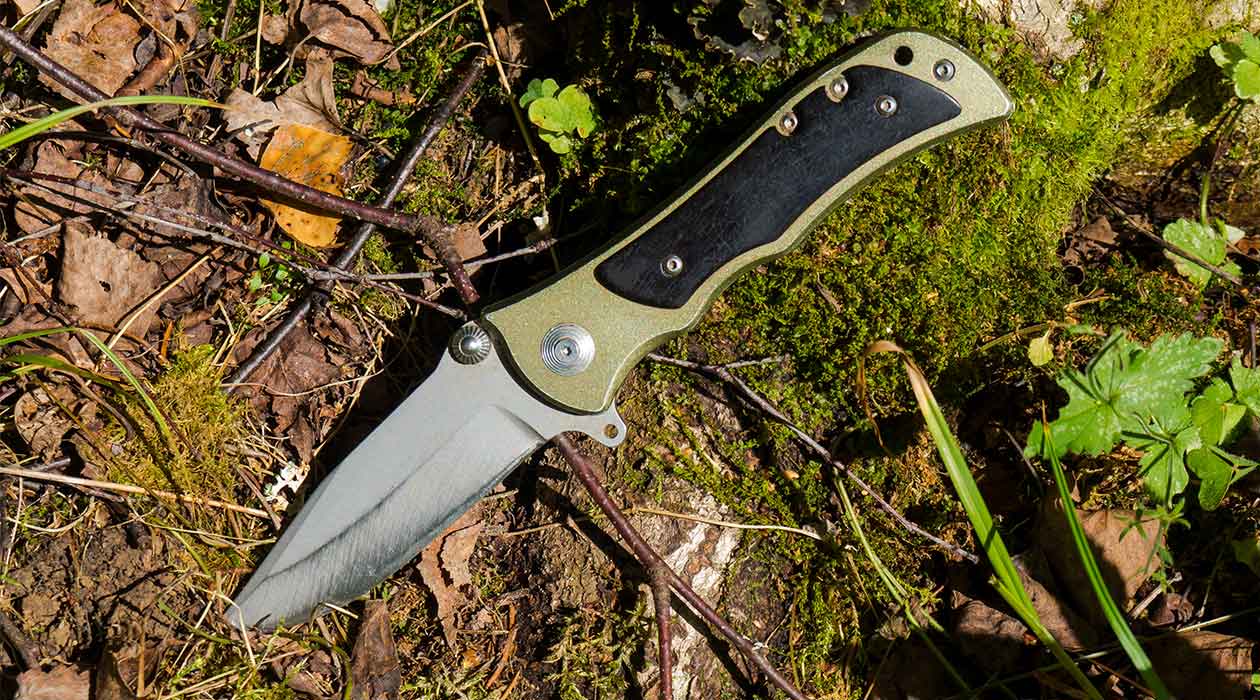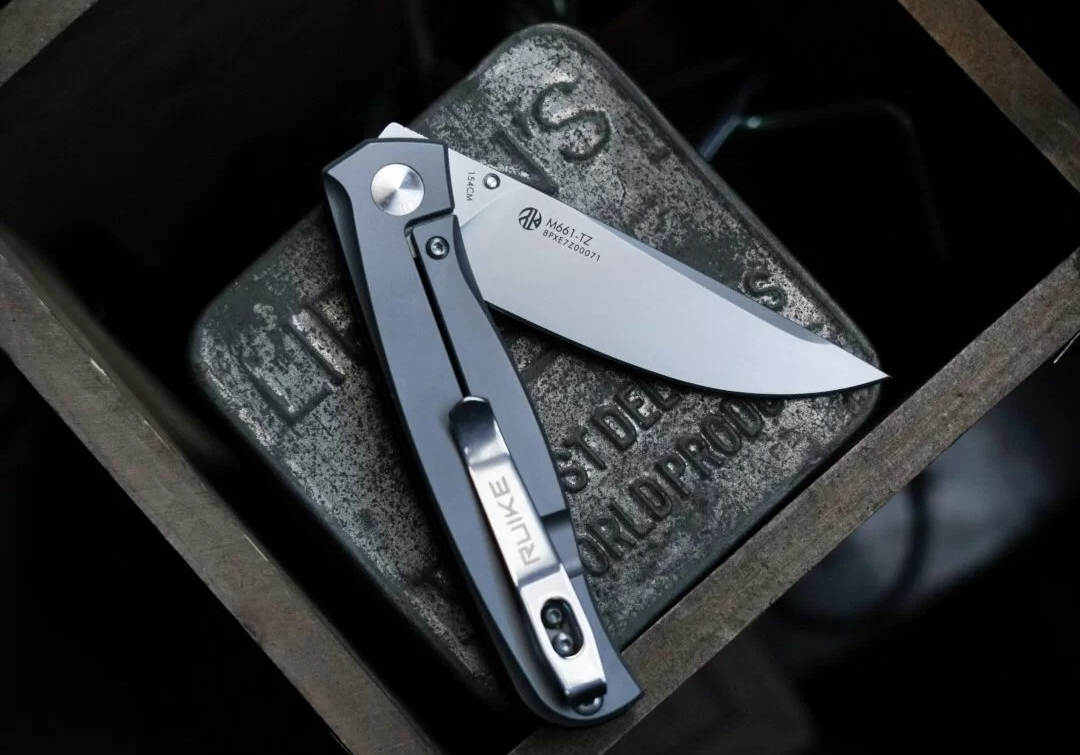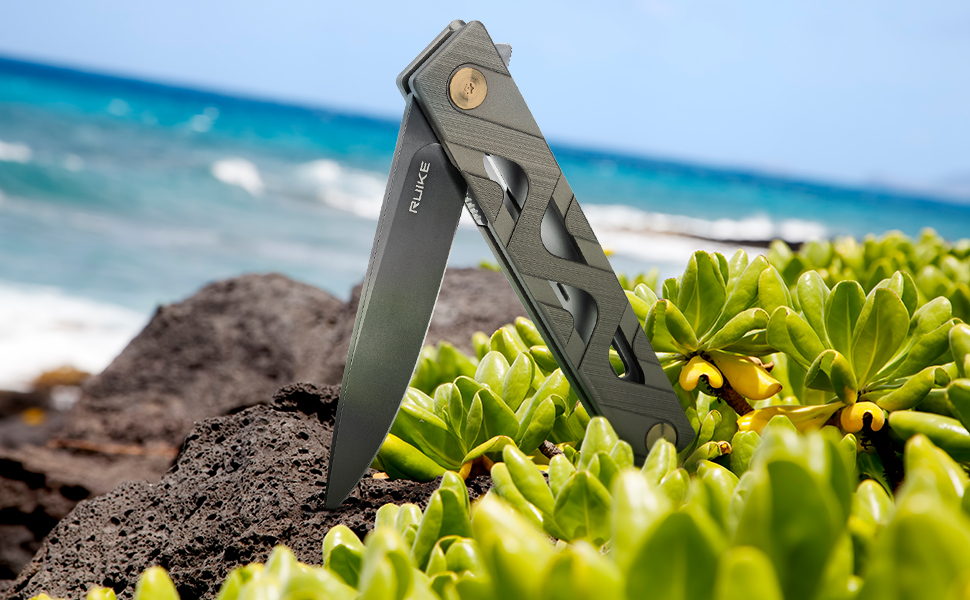
When it comes to outdoor adventures, your knife is more than just a tool—it's an essential companion that can make the difference between a smooth expedition and a challenging ordeal. At the heart of every reliable outdoor knife lies its blade material. Understanding the various types of steel used in knife manufacturing, their properties, and how to select the best material for your needs is crucial for ensuring durability, corrosion resistance, and optimal cutting performance in any environment.
The blade of a knife is subjected to rigorous tasks—cutting through tough materials, resisting wear and tear, and enduring harsh environmental conditions. The type of steel used directly impacts the knife’s performance, longevity, and maintenance requirements. Whether you're camping, hiking, hunting, or engaging in survival activities, choosing the right steel can enhance your knife's effectiveness and reliability.
Outdoor enthusiasts who prioritize edge retention and are willing to perform regular maintenance, such as 1095 Carbon Steel used in many survival knives.For tips on keeping your outdoor tools in top shape, check out our guide on Keep Your Outdoor Tools in Peak Condition: Essential Maintenance Tips.
Users operating in environments where moisture and corrosive elements are prevalent, such as 440C Stainless Steel commonly found in everyday carry (EDC) and hunting knives.
Heavy-duty outdoor activities and users who need a robust, long-lasting blade, such as CPM S30V used in premium outdoor and tactical knives.
Enthusiasts who value aesthetics alongside functionality, making it a popular choice for collectible and high-end outdoor knives.
Users seeking top-tier performance for demanding outdoor tasks, such as CPM S30V found in high-end folding and fixed-blade knives.

When selecting the right steel for your outdoor knife, consider the following properties:
A durable blade can withstand heavy use without chipping or breaking. High carbon and tool steels generally offer superior durability, making them ideal for rugged outdoor tasks.
If you frequently operate in wet, humid, or corrosive environments, stainless steels are preferable due to their inherent resistance to rust and staining.
This encompasses edge retention and sharpness. High carbon and premium tool steels often provide exceptional edge retention, ensuring your knife stays sharp through prolonged use.
Toughness refers to the blade's ability to absorb impacts without fracturing. This is crucial for activities like chopping or prying, where the blade is subjected to stress.
Consider how much time and effort you're willing to invest in maintaining your knife. Stainless steels require less frequent maintenance, while carbon steels need regular cleaning and oiling to prevent rust.
Choosing the right steel depends on your specific outdoor activities and the environments you'll encounter.

A staple in the outdoor knife community, 1095 offers excellent toughness and edge retention. It requires regular maintenance to prevent rust but excels in heavy-duty applications.
A versatile stainless steel that balances corrosion resistance with decent edge retention and ease of sharpening. It’s a popular choice for mid-range outdoor knives.
Known for its high corrosion resistance and good hardness, 440C is commonly used in high-quality hunting and EDC knives. It offers a reliable balance for various outdoor tasks.
A premium stainless steel from Japan, renowned for its excellent edge retention and resistance to corrosion. VG-10 is favored in high-end outdoor and tactical knives.
A high-performance steel that offers exceptional edge retention, corrosion resistance, and toughness. It’s a top choice for demanding outdoor and tactical applications but comes at a higher price point.
Selecting the right steel for your outdoor knife is a vital decision that impacts your tool's performance, durability, and maintenance requirements. By understanding the properties of various blade materials—such as carbon steel, stainless steel, tool steel, Damascus steel, and high-end alloys—you can make an informed choice that aligns with your specific outdoor activities and environmental conditions.
Whether you prioritize edge retention, corrosion resistance, toughness, or a balance of these factors, there’s a steel type tailored to meet your needs. Equip yourself with the knowledge to choose the best steel, and you'll ensure that your outdoor knife remains a reliable and indispensable companion on every adventure. If you have any questions or need expert advice, Get in touch with us.